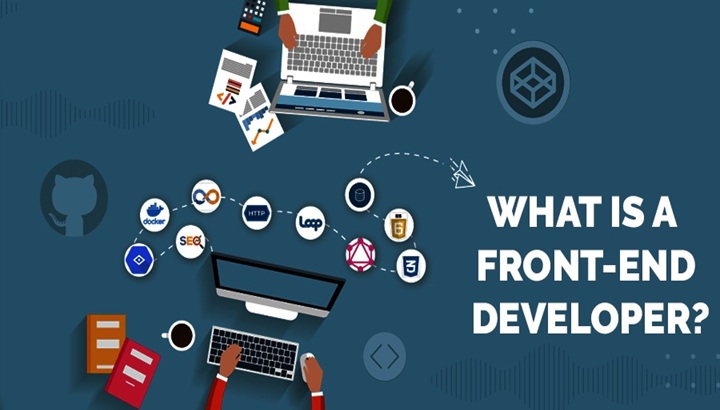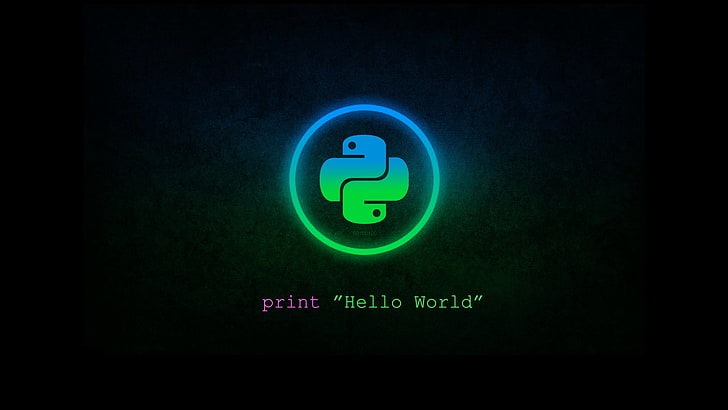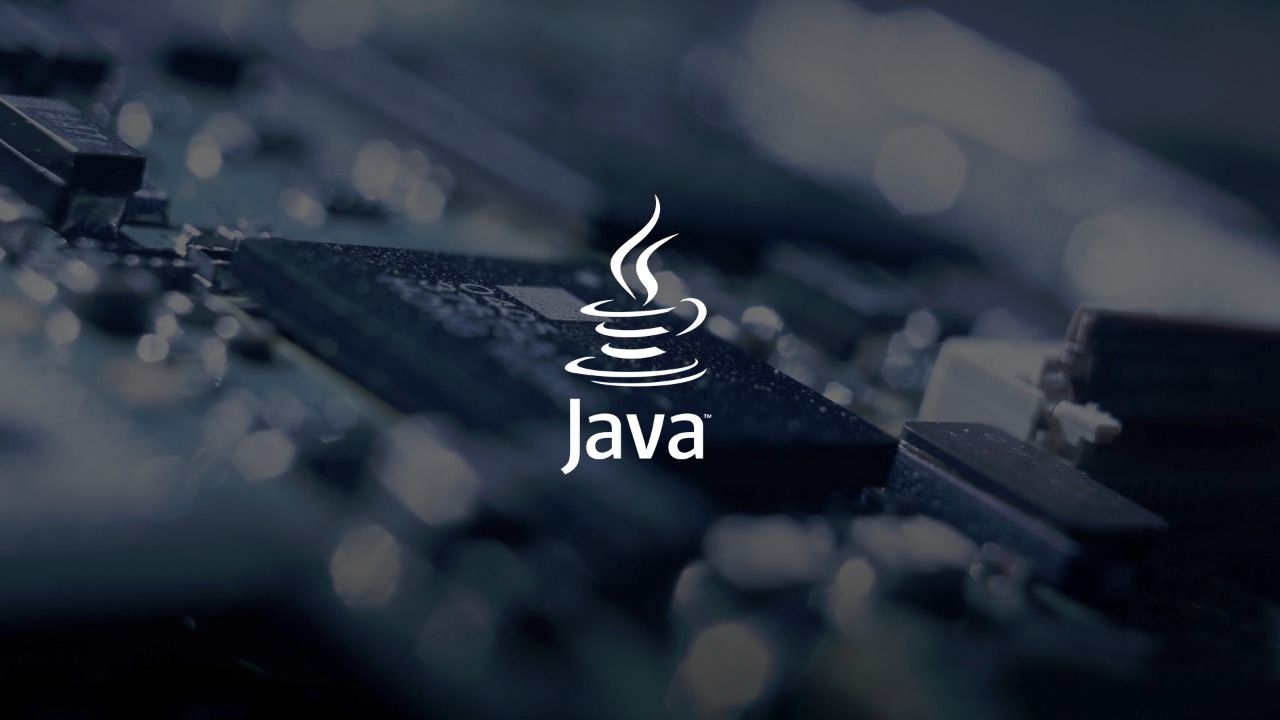The complete MERN stack developer from beginner to advance
Frontend development begins with HTML, which is used to structure the content on web pages. CSS comes next, allowing developers to style and visually enhance that content with layouts, colors, and responsive design. JavaScript adds interactivity, enabling features like sliders, dropdowns, and real-time updates. As developers grow, they learn modern JavaScript (ES6+) features like arrow functions, promises, and async/await for cleaner and more efficient code. Version control with Git and GitHub becomes essential for tracking changes and collaborating with others. Styling is taken further using CSS frameworks like Bootstrap or Tailwind, which speed up design and layout tasks. To handle complex user interfaces, developers move to JavaScript libraries like React, which introduces component-based architecture and efficient state management. They also learn to connect their frontend to servers using APIs, manage authentication, and handle real-time data. At an advanced level, developers focus on performance optimization, testing, and debugging to ensure fast, secure, and reliable applications. Finally, they deploy their apps using platforms like Netlify or Vercel, making their work live and accessible to the world.
Frontend development offers a creative and dynamic career path, allowing developers to bring designs to life and create seamless, interactive user experiences. It is in high demand across industries, providing excellent job opportunities, freelance options, and remote work flexibility. The work is highly visual and satisfying, with immediate feedback and a strong sense of accomplishment. Frontend skills are transferable across various platforms, including web, mobile, and desktop applications. Additionally, staying updated with new tools and frameworks like React, Vue, or Next.js ensures continuous learning and growth in a fast-evolving tech landscape.




